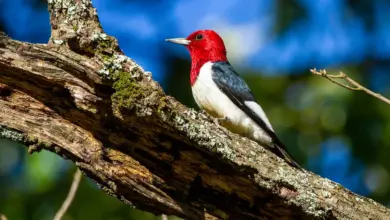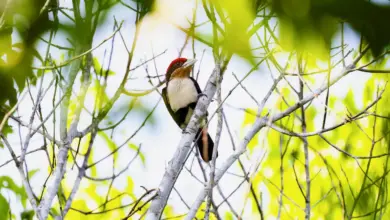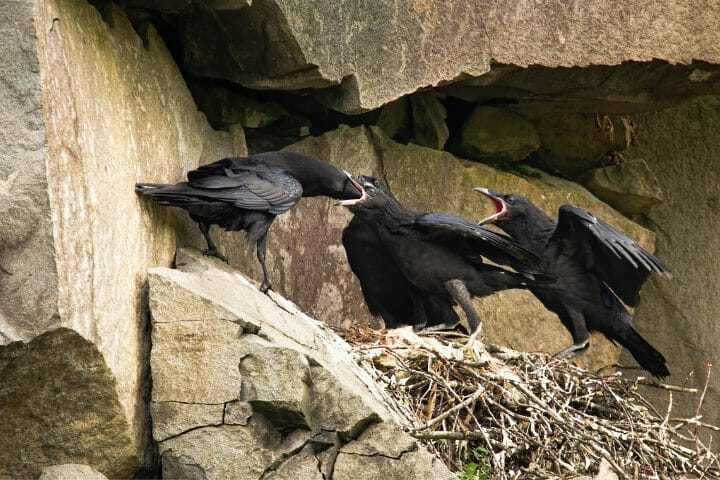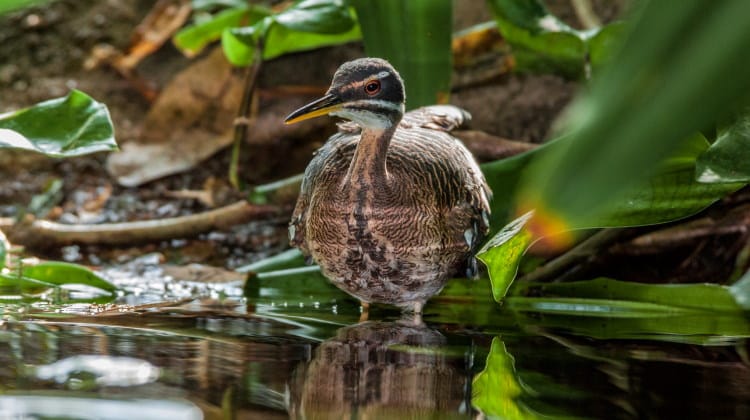The Hadada Ibis or Hadeda Ibises (Bostrychia hagedash) are common African Ibises.
Ibises resemble herons and share many of their habitats and behavioural traits, but unlike herons, ibises fly with necks outstretched and often in V-formation.
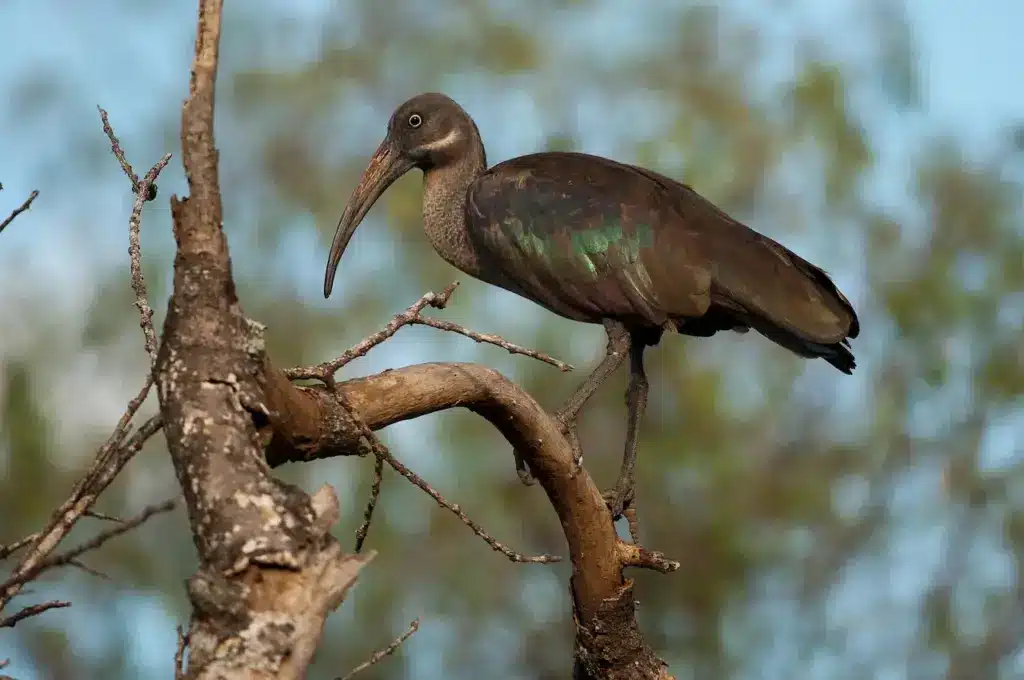
Distribution
The Hadada Ibises are native to the following African countries:
Sudan, Ethiopia, Senegal, Uganda, Tanzania, Gabon, the Democratic Republic of the Congo (formerly Zaire), Cameroon, Gambia, Kenya, Somalia and South Africa
Their preferred habitats traditionally included open grasslands, savanna and rainforests. However, they have adapted to urban parks and large gardens.
Description
The Hadada Ibises measure about 76 cm in length. The plumage is mostly dark brown, except for the white “moustache”, and glossy greenish-purple wings.
They have large black bills with red stripes on the upper bill; and blackish legs.
Calls / Vocalizations
It has a distinctively loud and recognisable haa-haa-haa-de-dah call that is often heard when the birds are flying or are startled, hence the name.
Diet / Feeding
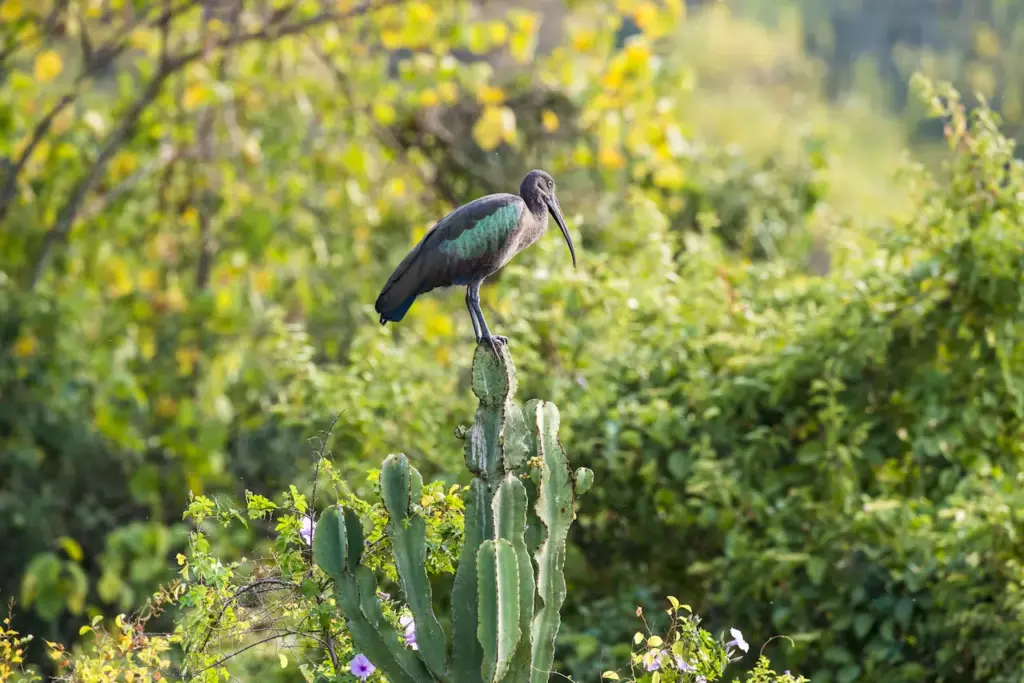
Ibises mostly feed in shallow waters on aquatic insects, Parktown prawns, molluscs, frogs, and food sifted from the water surface.
Their diet also includes insects, snails and spiders caught on land, as well as lizards, worms, skinks, and other small reptiles.
Breeding
Most breeding activities are observed after the rainy season when plenty of food is available.
They typically nest in colonies, often with other water birds.
The nests are shallow cup-shaped platforms of sticks, grasses or reeds that are typically situated on trees near a body of water, such as rivers, swamps or lakes. Although some ibises also make their nest amongst rocks and on cliffs,
The average clutch consists of 2 – 4 eggs. The nests are often reused year after year.

